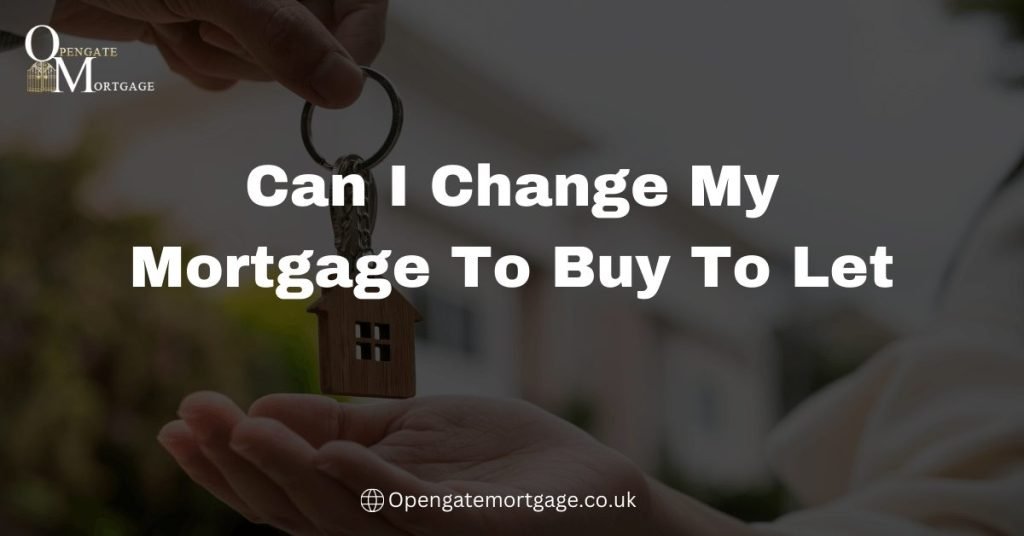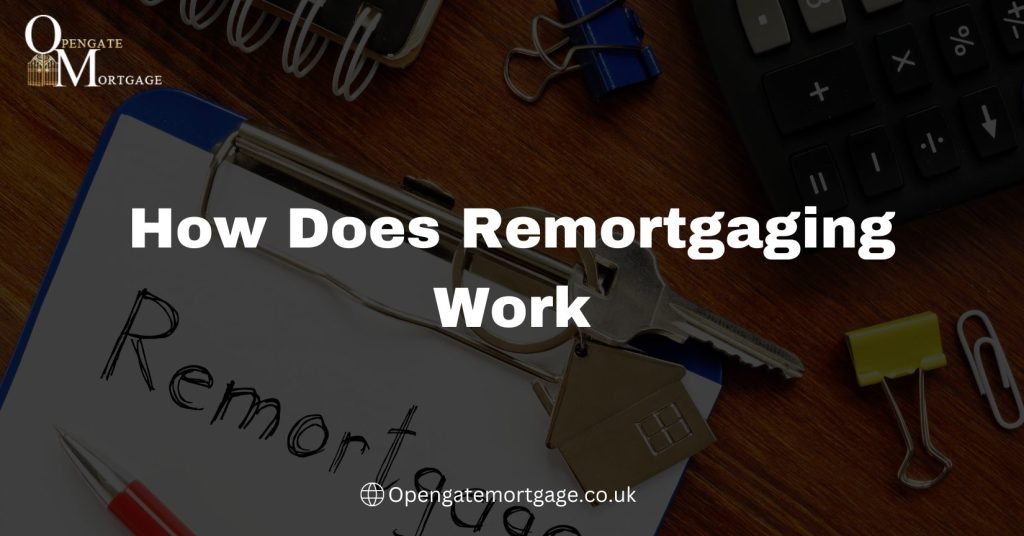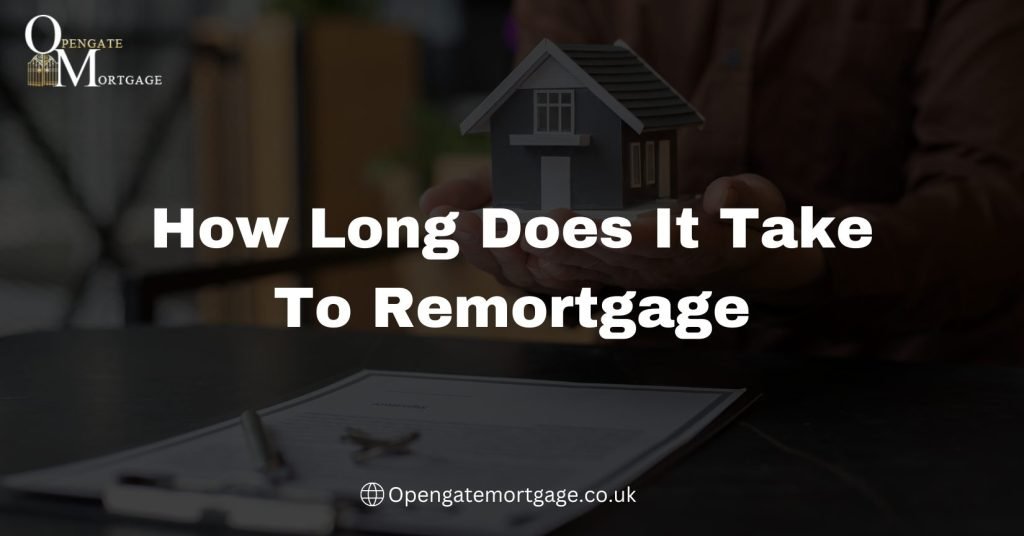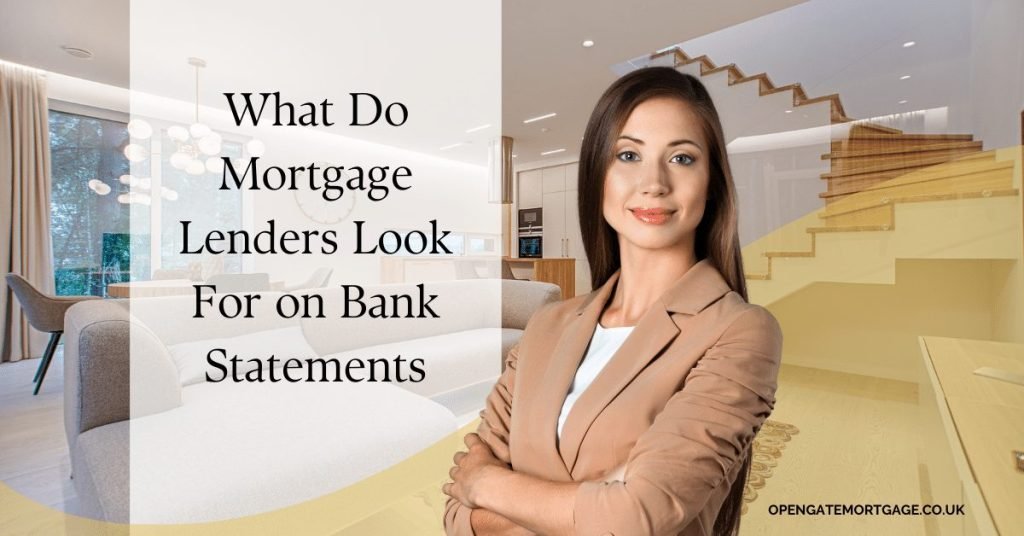As a homeowner, you may find yourself in a position where renting out your property could be an appealing option. Converting your existing residential mortgage to a buy-to-let mortgage allows you to do just that while keeping your current home. However, there are several factors you must consider before making this change. Understanding the requirements, costs, tax implications and responsibilities involved in becoming a landlord will help ensure you make the choice that is right for your situation.
If after reviewing all of the details, renting seems like a viable and profitable path, you’ll need to work with your mortgage lender to officially change the terms of your mortgage. The process may require an application, credit check, and possibly a revaluation of your property. While not always straightforward, converting to a buy-to-let mortgage can open up an additional income stream and a new chapter in homeownership. In this article you will come to know that how Can I Change My Mortgage To Buy To Let

Understanding Your Current Mortgage Terms
To change your mortgage to a buy to let, you must first understand the terms of your current residential mortgage. Most standard mortgages prohibit renting out the property or require the lender’s consent to change the mortgage type.
Review your mortgage documents to determine if your lender allows changing the mortgage to buy to let. If not explicitly prohibited, contact your lender to request approval to switch the mortgage to a buy to let. Be prepared to provide details on your plans to let the property, including the rental income and expenses. The lender will evaluate if the rental income can support the mortgage payments before approving the change.
If your current lender does not allow changing the mortgage type or you want different terms, you will need to refinance with a new buy to let mortgage. Compare offers from different lenders to find competitive interest rates and fees. Buy to let mortgages typically have higher interest rates and stricter lending criteria than residential mortgages to account for the risks of renting out property.
Prepare for the additional responsibilities of being a landlord. You will need to properly market the property, screen prospective tenants, handle maintenance and repairs, collect rent, and manage tenant issues. Consider using a letting agent to help with these duties, but be aware their fees will cut into your rental income and profits.
Think about your long term plans for the property. A buy to let mortgage usually has early repayment charges if you want to switch back to a residential mortgage within a certain period, often 2-5 years. Make sure you fully understand all terms and penalties before proceeding to change your mortgage to buy to let.
Calculating Your Buy to Let Mortgage Affordability
To determine if you can afford a buy to let mortgage, you’ll need to calculate your borrowing potential based on your income and existing financial obligations. Most lenders will allow you to borrow up to 125% of the rent you expect to receive, minus your current mortgage payment, if applicable.
For example, if the potential rental income is $2,000 per month and your current mortgage payment is $1,500, the maximum buy to let mortgage would be $2,000 x 12 months x 125% = $30,000 minus $1,500 x 12 months = $18,000. The maximum you could borrow would be $30,000 – $18,000 = $12,000.
Lenders will evaluate your debt-to-income ratio, so make sure your total monthly obligations including the new buy to let mortgage payment do not exceed 40-45% of your gross monthly income. If your income is $5,000 per month, keep total payments under $2,250-$2,500. Pay off or pay down high-interest debts like credit cards before applying for a buy to let mortgage.
Check your credit score and credit report to ensure there are no errors or signs of fraud. Most lenders require a score of 620 or higher for a buy to let mortgage. Take steps to improve your score by paying bills on time and limiting new applications for credit.
Consider working with a mortgage broker who can help you evaluate offers from multiple lenders to find the most suitable product and rate for your needs. Be prepared to provide records verifying your income, employment, bank statements, tax returns, and details on the rental property.
Following these steps will put you in the best position to qualify for a buy to let mortgage and become a property investor. With prudent management of your finances and the right property, you can build wealth over the long run through rental income and appreciation.
How to Switch Your Residential Mortgage to Buy to Let
To switch your residential mortgage to a buy to let mortgage, several steps need to be taken.
\n\n###Check If Your Mortgage is Eligible
First, review your current mortgage terms and conditions to ensure it allows for a change of use. Most residential mortgages prohibit using the property for commercial purposes like renting. If your mortgage does not allow it, you will need to refinance to a buy to let mortgage. Some lenders may charge early repayment charges for switching before your deal ends.
\n\n###Increase Your Deposit
Buy to let mortgages typically require a larger deposit, often 25% of the property value or more. You will need to pay the difference to meet the minimum deposit. The larger deposit provides security for the lender since buy to let properties present more risk.
\n\n###Undergo Additional Affordability Checks
Your lender will reassess your financial situation to ensure you can afford the buy to let mortgage payments in addition to your own living expenses. They will evaluate your income, expenses, assets, liabilities and credit score. You must demonstrate the rental income will adequately cover the mortgage payments.
\n\n###Expect Higher Interest Rates
Buy to let mortgages usually have higher interest rates than residential mortgages. This is because they are considered riskier lending. The rate you pay will depend on your deposit amount and credit profile.
\n\n###Make Changes to Property Insurance
Update your property insurance to a commercial landlord policy. It will provide the necessary coverage for renting and leasing the property to tenants. Standard homeowner’s insurance does not cover renting for commercial purposes.
\n\n###Set Up a Rental Agency Agreement (Optional)
Consider establishing an agreement with a letting agency to help manage your property. They can handle tasks like marketing the rental, screening tenants, collecting rent payments and maintenance issues. However, their fees will reduce your rental income.
Following these steps carefully will help ensure a smooth transition of your mortgage to a buy to let one. Be prepared for the process to take several months to complete. With some professional guidance, you can make this switch and start earning additional income from your property.
Buy to Let Mortgage Rates and Fees: What to Expect
Buy to let mortgage rates are typically higher than residential mortgage rates. Lenders view buy to let properties as higher risk, so they charge a premium. You can expect buy to let mortgage rates to be 0.5 to 1 percentage point higher than residential rates.
The exact rate you’ll pay depends on factors like:
- Your credit score and credit history. The better your score and history, the lower your rate.
- The loan-to-value ratio. A lower LTV, like 60-70%, will qualify you for a lower rate than a higher LTV of 80% or more.
- The type of interest rate. Fixed rates are usually higher than variable or tracker rates. But fixed rates provide more security as your payments won’t change.
In addition to higher interest rates, you can expect to pay various fees for a buy to let mortgage:
- Arrangement or application fees: Around £500 to £1,500 to set up the mortgage. Some lenders waive or reduce fees for remortgages.
- Valuation fees: £200 to £1,000+ to value the property, depending on the value of the property.
- Legal fees: Around £500 to £1,500 for conveyancing to oversee the legal aspects of purchasing or remortgaging the property.
The total fees you’ll pay can vary significantly based on your mortgage amount and lender. It’s a good idea to compare buy to let mortgage rates and fees across various lenders to find a competitive offer that suits your needs.
Some lenders may require a larger deposit, around 25% of the property value. The deposit, combined with higher interest rates and fees, means buy to let mortgages typically have higher costs than residential mortgages. But the income potential from buy to let properties can often offset these higher costs.
If buy to let mortgages and rates seem complex, consider consulting a mortgage broker. They can help you compare rates and find a suitable lender based on your situation. A broker’s services are often free for the borrower, as the lender pays their commission.
Pros and Cons of Converting to a Buy to Let Mortgage
There are several pros and cons to consider when deciding whether to convert your residential mortgage to a buy to let mortgage. Analyzing the positives and negatives will help you determine if switching mortgages aligns with your financial goals and risk tolerance.
Pros
Converting to a buy to let mortgage allows you to generate income from your property. You can earn rental income from tenants to supplement your monthly expenses or investment income. Over time, your property may also appreciate in value, allowing you to build equity.
Interest rates for buy to let mortgages are often lower than residential mortgage rates. You may be able to get a lower interest rate by converting, reducing your monthly payment. Buy to let mortgages also typically have more flexible terms, like interest-only options, giving you more control over your payments.
Cons
The responsibilities of being a landlord come with converting to a buy to let mortgage. You will need to handle tenant issues, property maintenance, and administrative tasks. If you use a property management company, fees will cut into your rental income.
Your property is at risk of sitting vacant without rental income. There is a chance you may experience periods without tenants, reducing your cash flow. You will still need to make mortgage payments during any vacancies.
Buy to let mortgages often require a larger down payment, typically 25-40% of the property’s value. You will need to have enough equity in the home to qualify for a buy to let mortgage and meet the lender’s requirements. If you do not have additional funds to put down, you may not be able to convert.
Interest rates and payments on buy to let mortgages are not fixed and can increase in the future. Your mortgage terms will change to a variable rate, and rates may rise over time, increasing your payments. There is a chance your rental income may not cover higher interest rates and payments.
Evaluating the pros and cons of converting to a buy to let mortgage will help determine if it matches your financial and investment goals. Make sure you understand all responsibilities, costs, and risks before switching from a residential to a buy to let mortgage.
Conclusion
In conclusion, converting your residential mortgage to buy to let is possible but requires diligent research and financial planning to do successfully. Make sure you understand your current mortgage terms, penalties, and costs before embarking on this process. Calculate the costs to determine if the investment will be profitable. Meet with your lender to explore options and find the best solution for your situation.
While the rewards of becoming a landlord can be great, go in with realistic expectations about responsibilities and risks. If done right, converting to buy to let can be a smart investment decision that provides income for years to come. With careful consideration of the key factors outlined here, you can make the switch and reap the benefits of this investment opportunity.
People ask questions about Can I Change My Mortgage To Buy To Let
What does “changing my mortgage to buy to let” mean?
Changing your mortgage to buy to let refers to the process of converting your current residential mortgage on a property into a buy-to-let mortgage. This allows you to rent out the property to tenants, generating rental income, while complying with the necessary legal and financial requirements associated with buy-to-let properties.
Can I switch my residential mortgage to a buy-to-let mortgage without informing my lender?
No, it is essential to inform your lender about your intention to change your mortgage from residential to buy-to-let. Most residential mortgages have clauses that prohibit renting out the property without prior notification. Failing to inform your lender can lead to breaches of contract and potential legal consequences.
What factors should I consider before changing my mortgage to buy to let?
Before making the switch, several factors need careful consideration, including the potential rental income, local rental demand, landlord responsibilities, taxation implications, mortgage interest rates, and any additional costs involved in maintaining a buy-to-let property.
Can I change my mortgage to buy to let if I am still within the fixed-rate period of my residential mortgage?
Typically, most lenders will not allow you to change your mortgage to a buy-to-let during the fixed-rate period. You may need to wait until the fixed-rate term expires or inquire with your lender about any options available to you.
Will I need to undergo affordability and credit checks to change my mortgage to buy to let?
Yes, changing your mortgage to a buy-to-let mortgage will likely involve undergoing affordability assessments and credit checks. Lenders will evaluate your financial situation and the potential rental income to determine whether you can afford the mortgage repayments as a landlord.







